An Analysis of The Backrooms—Also Known as the Internet's Horror Rooms
|Phillip Pyle
On May 12, 2019, an anonymous 4chan user began a thread on the platform’s paranormal board /x/. They prompted users, “post disquieting images that just feel ‘off.’” Accompanying the call, they posted a photograph of the first Backrooms. Shot at a slight Dutch angle, the image places the viewer within an ambiguous set of rooms replete with yellow patterned wallpaper, indistinct carpeting, bright fluorescents, and tiled ceilings. Set before one doorway, the camera-aligned spectator looks obliquely into the next room, a space also featuring openings that only lead to other windowless, stale, and empty interior rooms. Abstracted from the tell-tale signs of space and time, the image haunts the viewer’s fetishizing desire to consume through knowledge.
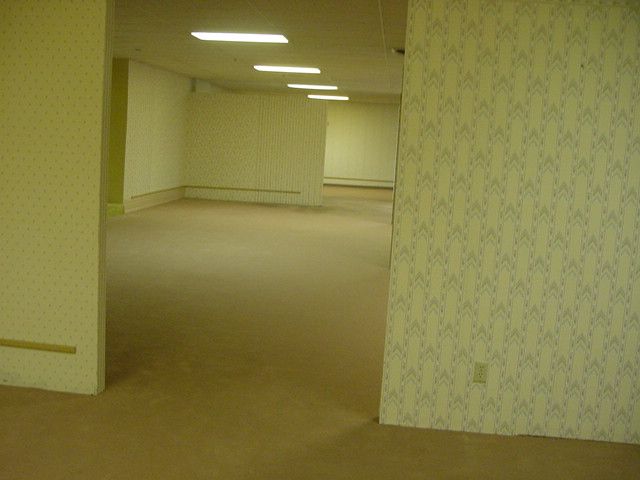
Later that day, another anonymous user responded to the image with the first creepypasta:
If you're not careful and you noclip out of reality in the wrong areas, you'll end up in the Backrooms, where it's nothing but the stink of old moist carpet, the madness of mono-yellow, the endless background noise of fluorescent lights at maximum hum-buzz, and approximately six hundred million square miles of randomly segmented empty rooms to be trapped in
God save you if you hear something wandering around nearby, because it sure as hell has heard you.
Tens of thousands, if not millions, of images, videos, stories, and other media of Backrooms have been produced and circulated in the four years since this post. They often depict POVs of empty hallways, office spaces, indoor pool rooms, hotel lobbies, and other spaces associated with human interaction that are uncannily empty. The rooms are devoid of windows, contain disgustingly artificial light, and almost always signal ambiguously to some other room or space through a doorway, dark passageway, some blip in the claustrophobic space. However, this opening is by no means optimistic. Once there, the viewer will likely feel the same existential quandary of being stuck in a labyrinth of never-ending rooms, destined to forever haunt the Backrooms of cyberspace. This would present no danger if it weren’t for the way in which one enters Backrooms. According to Creepypasta, Backrooms “posit the existence of a ‘place’ that people can slip (or ‘noclip’) into and become lost or trapped.” Rather than memetic spaces consensually entered through the click of a link, Backrooms posit a danger of involuntary entrapment.
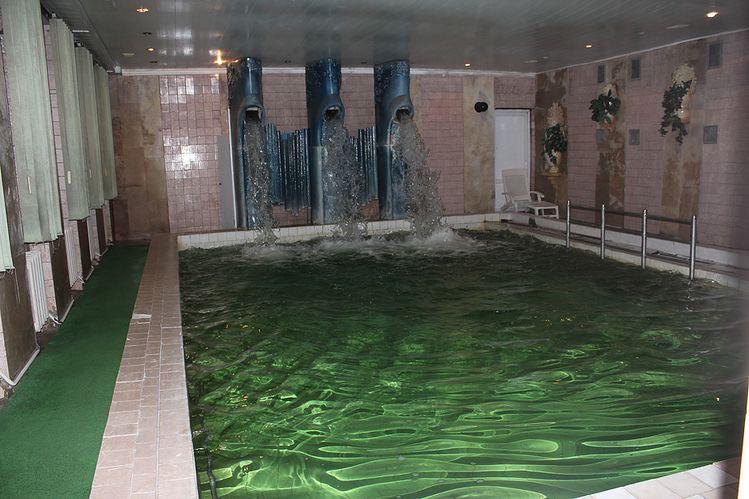
Perhaps this is what makes Backrooms so enticing for digital subcultures. In addition to amassing over 259 thousand “trapped” members on r/backrooms and 18.9 thousand “Noclippers” on r/TrueBackrooms, the lore has reached virality on 4chan, Creepypasta, Twitter, and YouTube. They have also generated other autonomous subcultures, mythos, and genres, the most popular being “Liminal Spaces.” Deriving from the Latin limen, meaning “threshold,” images of liminal spaces place the spectator at the discomfiting edges of society, often in environments that confound space and time. Abstracting markers of human life, liminal spaces leave us to roam amongst architectures no longer signifying meaning. It’s worth mentioning that liminal spaces have, in a way, surpassed some of the Backroom’s user engagement numbers, with the Twitter @SpaceLiminalBot now having over 1.3 million followers and r/Liminal Space with 582 thousand members.
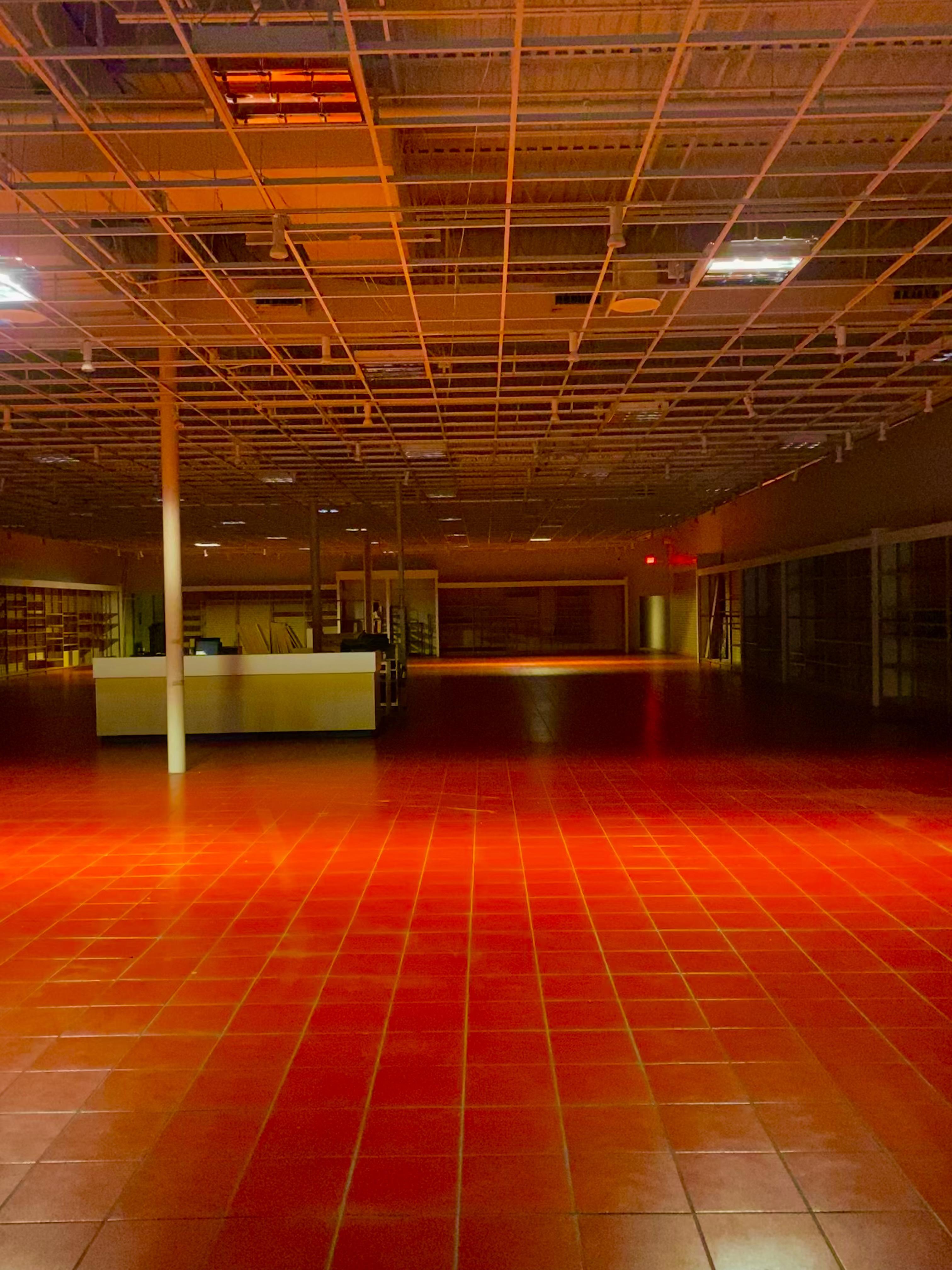

Last January, then 16-year-old Kane Parsons (“Kane Pixels”) published the first Backrooms film adaptation on YouTube. Accompanied by a caption reading “September 23, 1996,” the video begins with a tape recording of an amateur film set. The camera operator suddenly falls with a shake, landing on the worn carpet of a labyrinthine office Backroom. The film follows this teen cinematographer as he (still holding the camera) walks between various rooms within the Backrooms, encountering dark hallways, standalone ladders, cryptic graffiti, and eventually a robotic wailing monster that pushes him to his death. This original video, entitled The Backrooms (Found Footage) has gone on to receive over 46 million views. Parsons, who has now created 16 Backrooms films, has amassed over 2 million subscribers, and his series over 135 million views.
The ever-growing virality of the Backrooms creepypasta is by no means an anomaly in the late 2010s and early 2020s digital culture. Born in the aftermath of Vaporwave and Hypnagogic Pop—whose canonical artists Daniel Lopatin (Oneohtrix Point Never) and James Ferraro sampled 1970s through early 2000s analogue sounds as they waded in the digital shores of postmodern consumerism and late capitalism—Backrooms emerged at a time when the early 2010s have generally regained cultural cache. Whether it's the rote simulacra of indie sleaze in high fashion, the return of the Cobrasnake (Mark Hunter), the TikTok party trend where attendees dress like early 2010s Tumblr kids, or the elegiac revival of Creepypasta in Jane Schoenbrun’s 2021 Sundance success We’re All Going to the World’s Fair, early 2010s internet teen subcultures are back and are now veering into the mainstream.
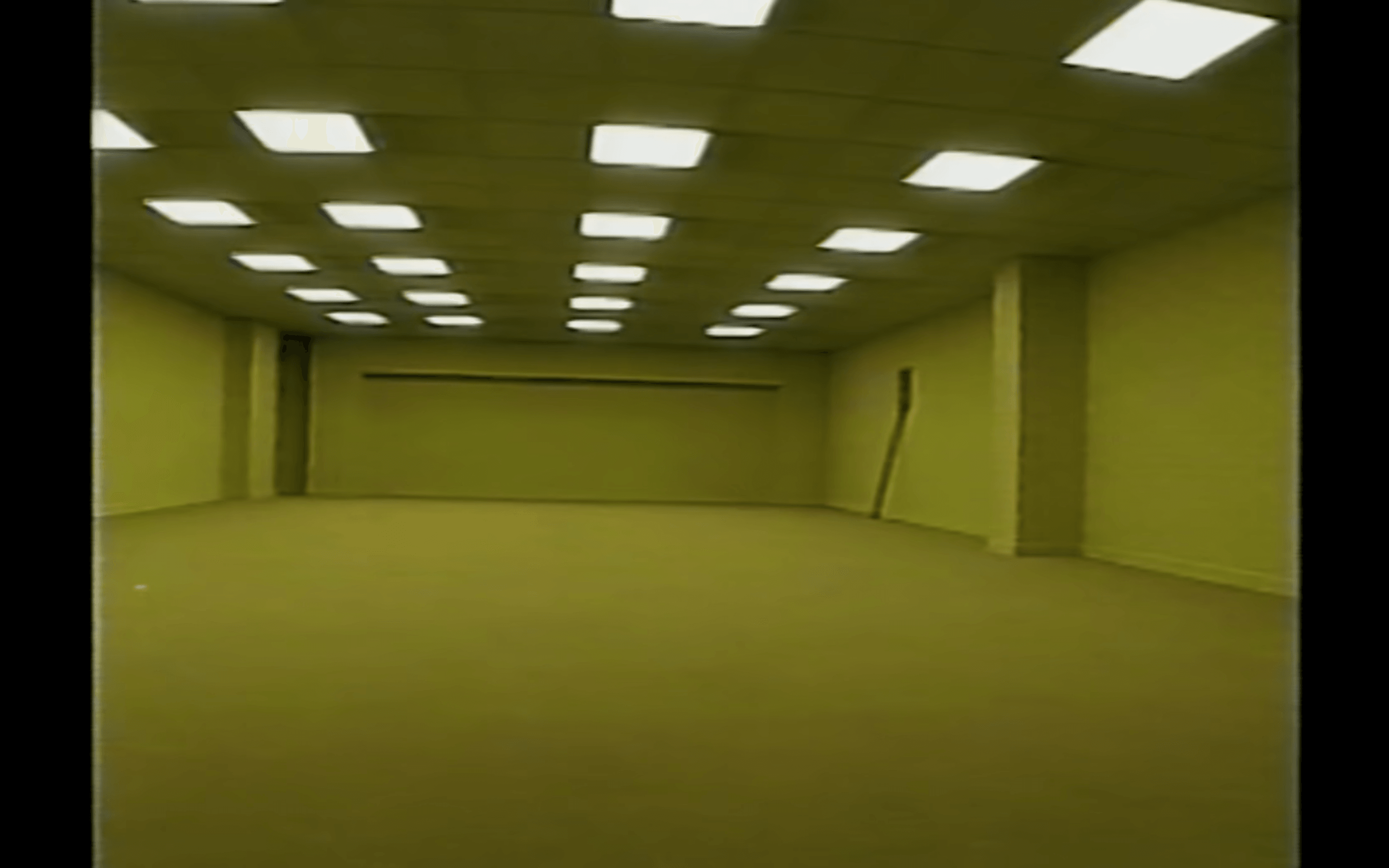
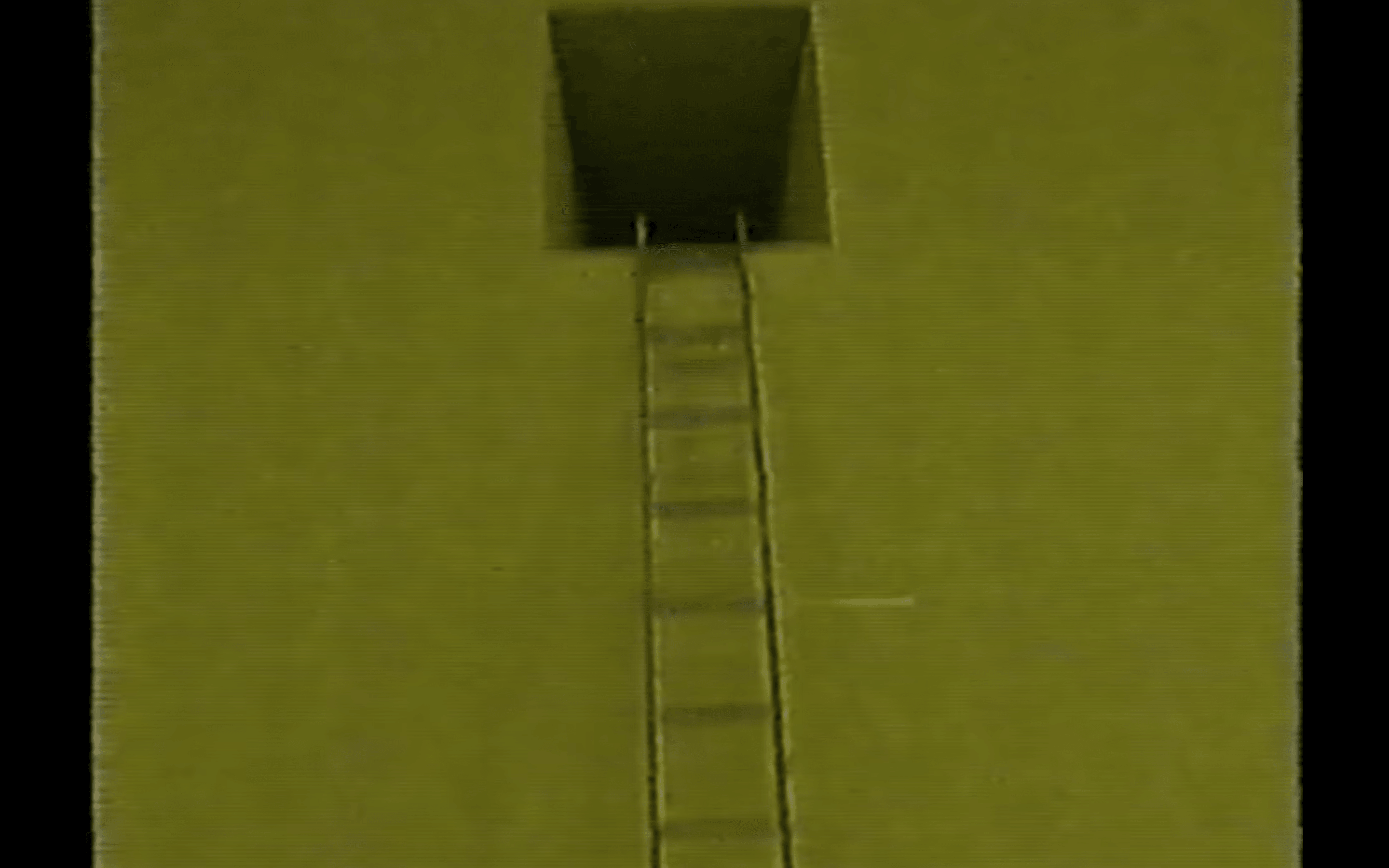
What shouldn’t be forgotten are the theoretical underpinnings of Vaporwave and Hypnagogic pop. Fredric Jameson and Slavoj Žižek famously remarked that it’s easier to imagine the end of the world than it is to imagine the end of capitalism. Mark Fisher expands on this in the ever-pertinent Capitalist Realism, his 2009 essay-length book describing the pervading atmosphere after Francis Fukuyama’s 1989 “end of history” diagnosis amongst the final flickers of the Soviet Union and the inevitable global dominance of Western liberal democracy. Fisher describes capitalist realism as “the widespread sense that not only is capitalism the only viable political and economic system, but also that it is now impossible even to imagine a coherent alternative to it.” In capitalist realism, cultural production is pre-programmed and pre-corporated, dictating the desires of even the most anticapitalist subjects. Subversion becomes less and less plausible. Styles once considered “alternative” or “independent” become “the dominant styles” in the mainstream.
As capitalist realism decimated the ability to conceive of a world different from the present one, the future—previously a domain of unhindered possibilities evoked through electronica, video art, and various technology-aided cultural productions—became something only experienced as a haunting. For Fisher, then, hauntological music, as epitomized by British acts Burial and The Caretaker, mourns the death of the future through its use of spectral analogue equipment and traces of deep cultural memory. In his 2012 essay “What is Hauntology?” Fisher writes, “What haunts the digital cul-de-sacs of the twenty-first century is not so much the past as all the lost futures that the twentieth century taught us to anticipate.” It’s in this particular moment of capitalist realism—one where Capital lays waste to space and time, and place after place—that Backrooms emerged as an architecture of haunting.
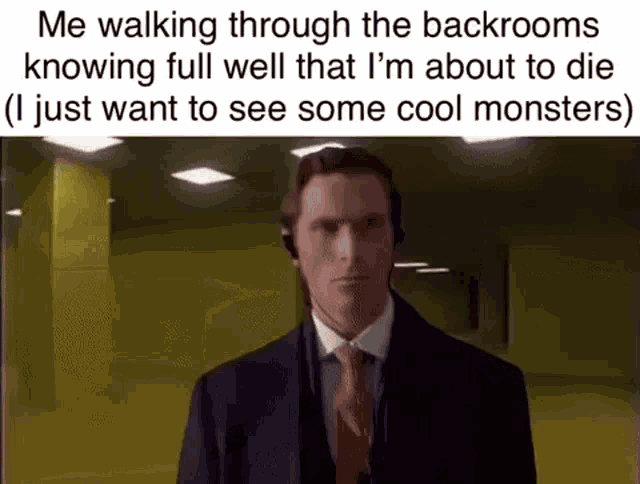
Between memory and actuality, dreaming and reality, the unfamiliar and familiar, Backrooms are only possible in this cultural landscape where “Capital follows you when you dream.” Their horror lies not in the immediate but in the liminal. Just as contemporary power is often performed at a distance, the object of fear stealthily follows as we wander through the Backrooms. In a time of “Max Pain,” nemesis’ prognosis “where it is ‘only those who control the flows of information and capital —social media platforms, market makers, exchanges—that are able to profit systematically‘” and the “feeling that we’re doomed to fail” prevails, the influence of Backrooms comes as no surprise. Dan Erickson, the creator of the Apple TV+ series Severance, cites Backrooms as an influence for the show. Numerous video games have been adapted for Steam and Roblox. Memes with figures such as American Psycho’s Patrick Bateman (Christian Bale) walking through the Backrooms spread between various social media platforms.
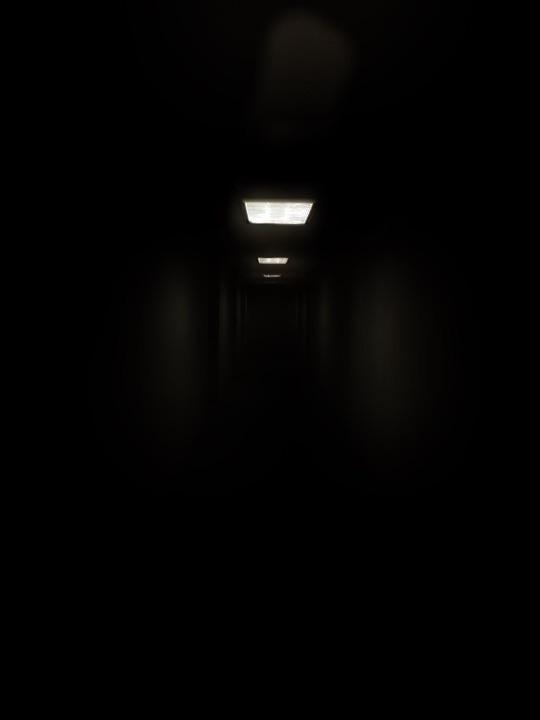
Backrooms, as a concept, have even been video-gamified. While some fans consider themselves Backrooms purists, other factions have created hundreds of “levels” dedicated to different spaces and monsters. This gamification reflects the ways in which Capital often controls its subjects. Much like the Big Brother TV series, which adopts a “you decide” mode of control instead of a centrally enforced mode of power, the levels of Backrooms effectively neutralize fans’ desires to escape them through continually engaging them in what Fisher describes as an “interactive” system “of perpetual consumption and continuous development.”
A different mode of engagement is inscribed in the original Backrooms image and creepypasta. Devoid of workers, desks, computers, coffee machines, and water coolers, the viewer resides in an office-like Backroom stripped to the architecture of capitalism. There, beliefs and rituals have lost all symbolic importance and, to quote Fisher, “all that is left is the consumer-spectator, trudging through the ruins and the relics.” Rather than presenting us with the reality of capitalism, the image shows us one of “hyperreality,” Baudrillard’s term for the rupture of the Real that occurs when all symbolic meaning is drained. We are presented with a reality eerily estranged from the Real. We come to realize that its performance as reality depends on our insertion at the level of desire, our compliance in its interactive modes of control, our tendency to video-gamify everything for the sake of pleasure and ethical disavowal. Our escape becomes dependent on an acute self-awareness. After all, is it the Backrooms that fans really seek to escape or the illusory and depressive atmosphere of its creation?
The question remains whether the illusion can rupture as it increasingly enters the mainstream. While plenty of cliché creepypasta adaptations, including 2012’s Smiley and 2018’s Slender Man, have been made over the past decade, A24’s recent announcement that they will be producing an adaptation of Kane Parson’s short “Backrooms (Found Footage),” directed by the now-17-year-old director, marks a transition in the genre’s reception. No longer relegated to the domain of internet teen subculture (albeit a popular one at that), creepypastas—as with other early 2010s internet trends being re-fed into cultural production cycles—now haunt art house cinema, galleries, and fashion as serious source material. However, unlike Vaporwave, Hypnagogic Pop, or the British Hauntological Music, this contemporary moment of renewal seems less invested in anti-capitalist critique and mourning than in irony and nihilistic pastiche. The hopes for Fisher’s “new (collective) political subject” are dashed when the Backrooms we noclip into have already been coopted by Capital.
Credits
- Text: Phillip Pyle
Related Content
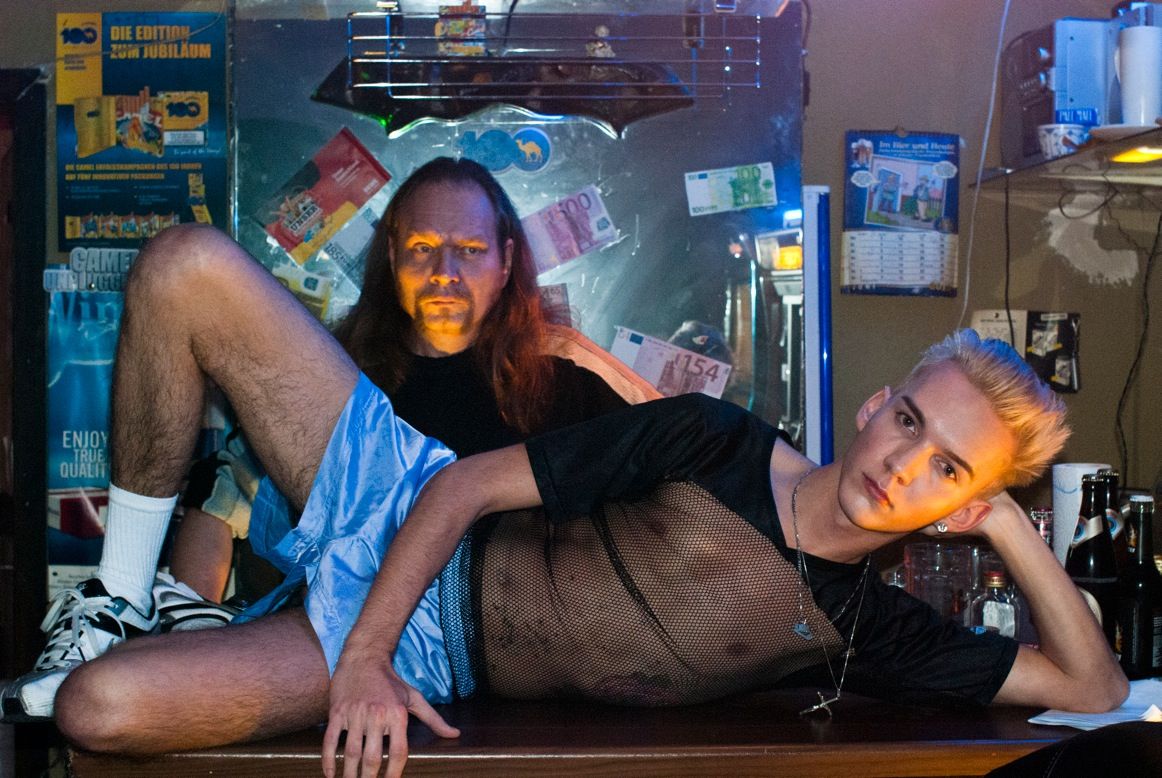
Cannibal Killer, Backrooms, and Skype Sex: 032c Premieres Filmmaker MATT LAMBERT’s New Video for MEAT, a 240-Hour Theater Installation at Berlin’s Schaubühne

A Warning Against Popular Mysticism on the Internet, by ASHLEY D'ARCY
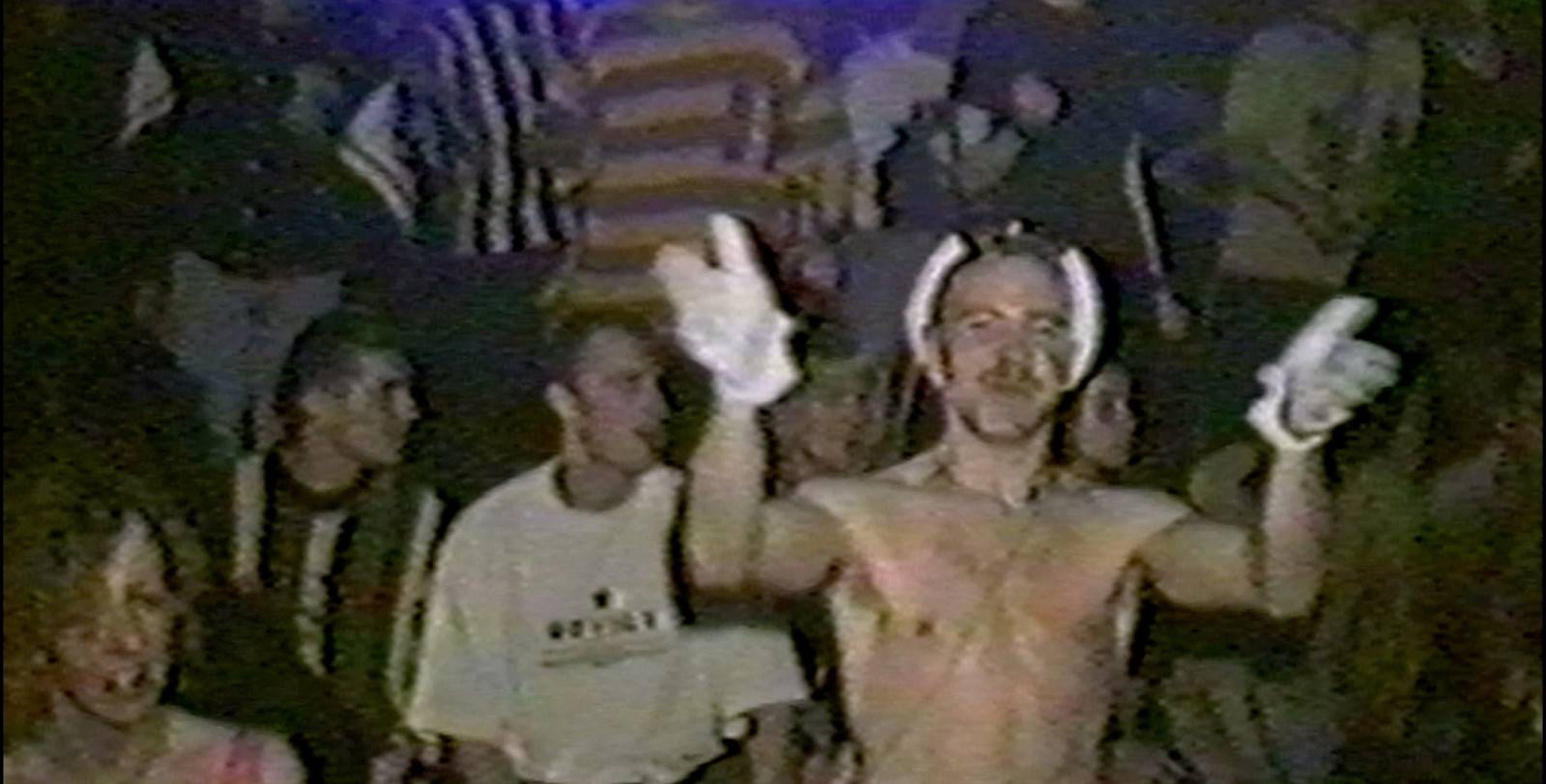
SECOND ACID WINTER: The Roots of Fashion’s Rave Revival
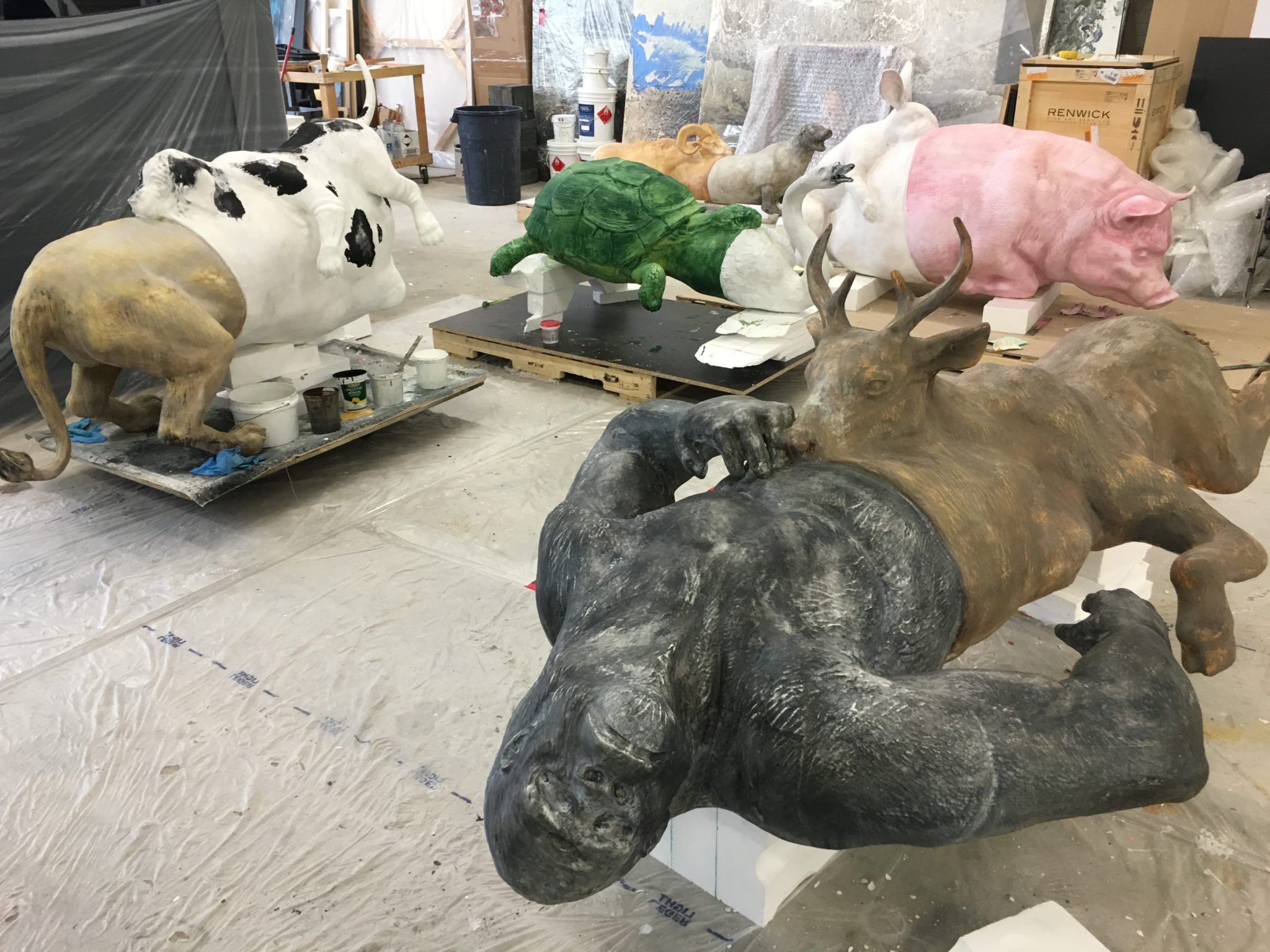
YEAR OF THE PIG: JON RAFMAN and the World’s Hungriest Fetish

Weaponized Irony: A Roundtable on Trolling and Politics

The Last Optimist of the British Left: An Interview with PAUL MASON

Does Jack Dorsey Cop Jawnz? The Afterlife of FOUR PINS
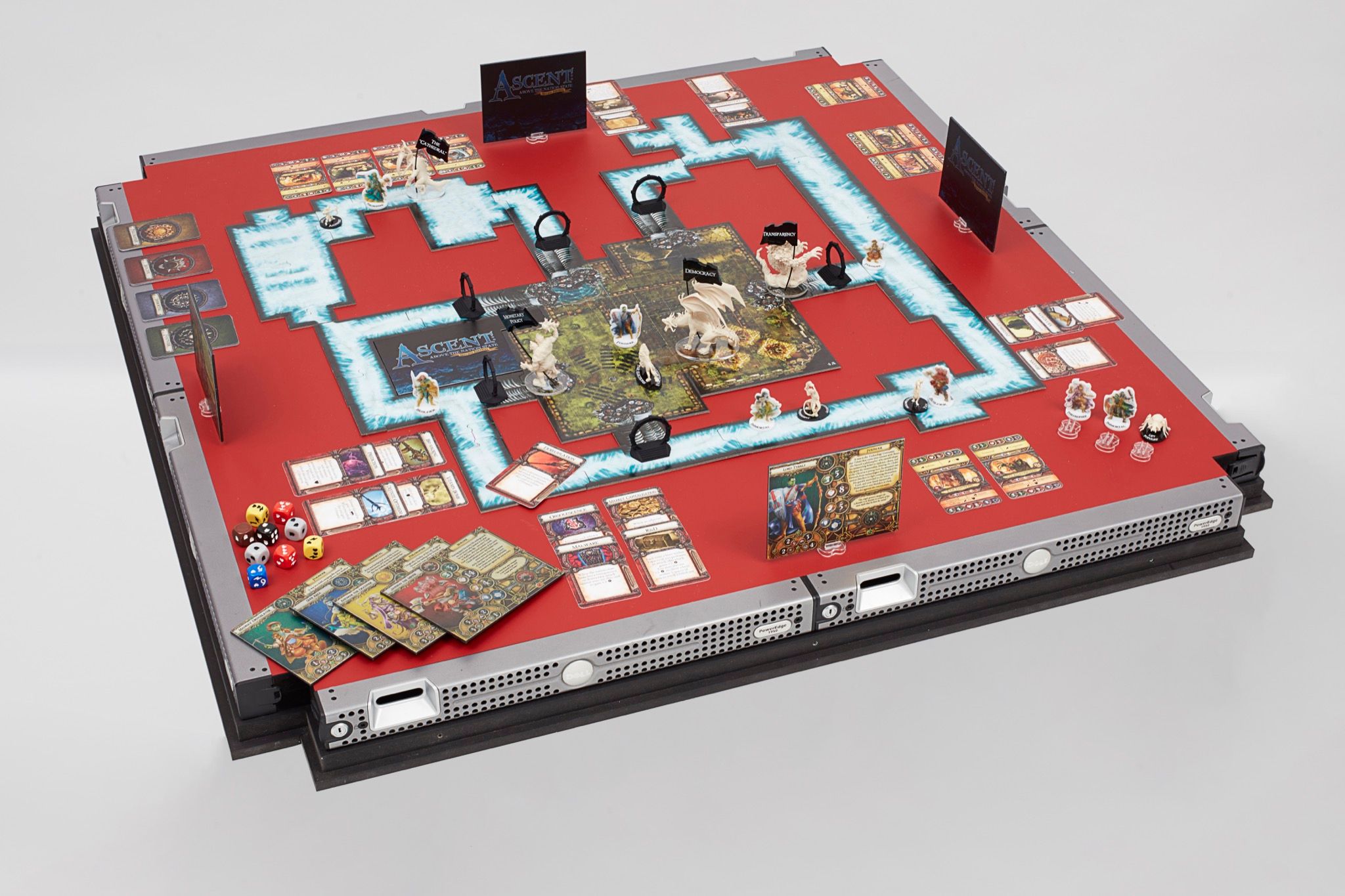
Cognitive Capitalism: NEIDICH, DENNY, POPESCU, HARNEY and NDIKUNG at the SFSIA Berlin